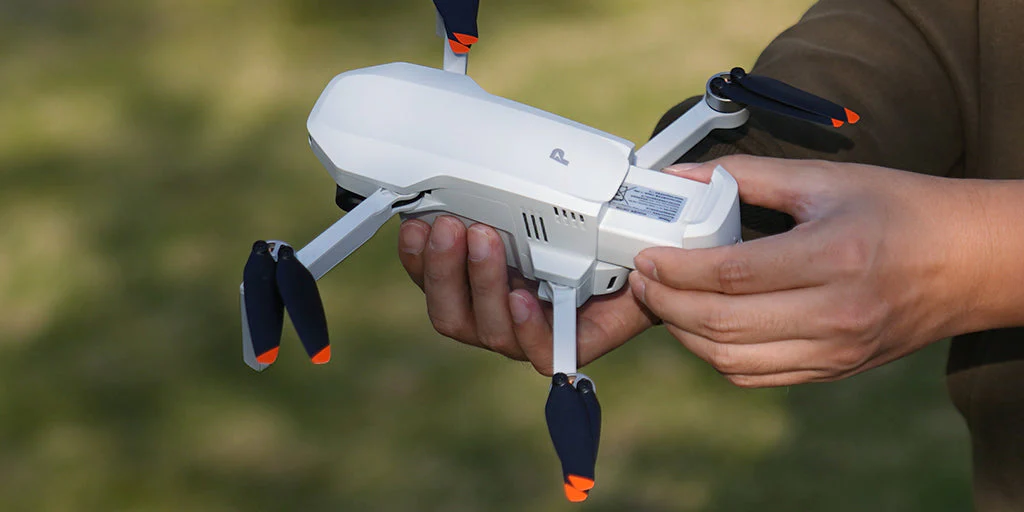
You’ve got the drone. You’ve got the camera settings dialled in. The sky’s perfect. But there’s always that one thing tugging at the back of your mind — the battery icon slowly shrinking in the corner of your screen.
If you fly regularly, you already know the truth: rc batteries for drones can be both your best friend and your biggest limitation. One minute you’re gliding over the coast, capturing cinematic shots of the waves… the next, your drone’s nagging you to bring it home before it runs out of juice.
Flight time anxiety? Yeah, we’ve all been there.
So, let’s talk about squeezing every last minute of flight out of those batteries — without ruining them in the process.
A lot of pilots treat storage as an afterthought. They finish a flight, toss the drone in the case, and call it a day. But here’s the catch — batteries for drones are surprisingly picky about where and how they’re kept.
Too hot? They degrade faster. Too cold? They lose performance. Leave them fully charged for days? Also bad.
Think of it like this: batteries are a bit like people. They like being comfortable — not baking in the sun, not shivering in a shed in winter. And they definitely don’t like being “overstuffed” for too long. Ideally, store them at about 50–60% charge if you’re not flying for a while.
There’s a weird pride some pilots have about landing their drone right as the battery hits zero. Feels like you got every drop of power out, right?
Not exactly. Regularly draining batteries for drones all the way down can shorten their lifespan fast. You want to land when you’ve still got about 20% left. Gives you a safety cushion for sudden wind gusts or unexpected detours… and keeps the cells from being stressed to the point of no return.
If you’ve ever flown in cooler weather, you’ve probably noticed your battery percentage dropping faster than usual. That’s because cold temps mess with the chemistry inside batteries for drones.
Quick fix? Warm them up to room temperature before take-off. No, don’t put them in the microwave (please). Just keep them indoors until you’re ready, or use a hand warmer in your case.
Sharp accelerations. Constant climbs and drops. Full-speed sprints. Fun? Sure. But it’s also like flooring your car at every green light — your fuel disappears fast.
When you fly smooth and steady, batteries for drones drain slower. If you’re filming, it also makes your footage look a lot better. Win-win.
We’ve all been guilty of it. You land, the battery’s warm, and you think — “Eh, I’ll just fly again quickly.”
Here’s the problem: charging a battery while it’s still hot can wear it out faster. Always let batteries for drones cool down before you plug them in again. Give them at least 20–30 minutes. It’s like letting an engine cool after a long drive.
It’s late. You’ve just wrapped a flight, the batteries are low, and you’re eyeing that cheap charger you grabbed online because it “looked the same” as the real deal. Tempting, right? Especially when you’ve got a pile of batteries for drones waiting their turn.
But here’s the thing — a dodgy charger is like feeding your drone a mystery energy drink. Maybe it works once or twice… until it doesn’t. Over time, poor charging can quietly cook the cells, shorten their lifespan, or worse, leave you with a puffed, useless battery.
Give them the VIP treatment: stick with the manufacturer’s charger or a reputable third-party one made for your exact model. And resist the urge to leave them charging overnight. It’s not just about keeping batteries for drones healthy — it’s about making sure you wake up to the smell of coffee, not burnt electronics.
This one gets overlooked, but many drone makers release firmware updates that improve battery management. That means smarter charging, better low-battery warnings, and improved safety cut-offs.
Keeping your gear up to date can help batteries for drones last longer — and sometimes even give you a little more flight time.
If you own multiple batteries for drones, don’t just keep using your favourite one until it’s worn out. Rotate them evenly. It spreads the wear and keeps you from ending up with one dead battery and two barely used ones.
Even with perfect care, batteries for drones don’t last forever. Over time, you’ll notice flight times dropping, or your drone landing early despite showing plenty of charge. That’s your cue to retire it.
Yes, it’s annoying. But swapping out an old battery is a lot cheaper than dealing with a mid-flight shutdown and a crash landing in a tree… or worse, the ocean.
At the end of the day, batteries for drones from RC Battery aren’t just accessories — they’re the heart of your flight. Take care of them, and they’ll take care of you. That means fewer emergency landings, more time in the air, and way less stress when you’re out chasing that perfect shot.
And maybe — just maybe — you’ll spend less time staring at the battery icon, and more time actually enjoying the view.

This post has been authored and published by one of our premium contributors, who are experts in their fields. They bring high-quality, well-researched content that adds significant value to our platform.

